Magic, illusion, deception. Ever since man discovered the propensity of people to believe what they see, there have been those who seek to fool and fluster with acts of illusion or prestidigitation.
Magic has been used for religious coercion and social control all the way back to ancient Greece and ancient Egypt. As the centuries went by, magic and illusion became more associated with the occult and during the Dark Ages was often punishable by death.
Later, the Middle Ages saw magic and sleight of hand become a useful tool for street performers as a means of entertainment, and also theft in growing urban areas.
Though still regarded widely as witchcraft, the world slowly became more educated and scientifically minded, and soon magic and illusion became less shrouded in the mysteries of the universe and more widely understood as a skill of deception, sleight of hand, and misdirection.
The first book exposing magic’s secrets, called The Discoverie of Witchcraft, was published by Reginald Scott in 1584. This book was the beginning of the end for believing magic and illusion was the work of the devil.
As inventions and mechanical devices were used more and more, magic became a performance art. During the next centuries, incredible feats of magic were invented used to stun audiences around the world, culminating with twentieth- and twenty-first-century performers sawing people into little pieces, flying above the Las Vegas skyline, and making entire buildings disappear.
But unless you took it upon yourself to learn the secrets of magic and illusion, it still remains a valuable and incredible skill to be able to fool a person’s senses. I love knowing how things work and so have read in great depth how the feats of illusion are executed. Yet I still find great joy in seeing something performed flawlessly so that even in my understanding I am fooled. It makes me feel like a kid again, wide-eyed with wonder and belief in the impossible.
So it follows that when, even in my general understanding of how things work, a new watch comes along that makes me sit down and think that I am completely in love. One brand that has been consistent in recent years with making me feel that is Cartier.
At SIHH 2016, Cartier unveiled the Rotonde de Cartier Astromystérieux, and it more than piqued my interest.
Magical origins?
The Astromystérieux is, as the name might suggest, a mysterious watch, meaning that the hands are seemingly not connected to tanything. But with this model, (almost) the entire movement is seemingly not connected to the surrounding watch and instead floats delicately in the transparent dial opening. The “astro” part of the name comes from Cartier’s Astrotourbillon, which is the mechanical delicacy we see here.
Now anyone familiar with Cartier will know that the “mystery” technique has actually been utilized by the brand for more than a century, with the first mysterious timepiece produced as a collaboration with clockmaker Maurice Couet in 1912.
Couet himself was inspired by – guess what? – a legendary magician and illusionist named Jean-Eugène Robert-Houdin.
What is even more interesting is that Robert-Houdin was a second-generation watchmaker, who was an expert in automata and developed his own writing and drawing figure in the same vein as the Jaquet Droz android that goes by the name The Writer (see Jaquet Droz’s Signing Machine: The Evolution Of Traditional Automata).
But I digress. Maurice Couet was inspired by the mystery clocks Robert-Houdin built, even while he created amazing mechanical and magical illusions in the mid-nineteenth century.
Couet produced a “modern” take on the design for Cartier, and the Mystery Clock became a perpetual favorite for the brand.
Jump forward to the present day and you will find that the mystery timepiece is alive and well in half a dozen different models at the Richemont Group-owned brand.
What’s on the inside counts
How the mysterious movement works today is a little different from the original clocks and the historical pieces, but they all rely on one key aspect: crystal-clear glass or sapphire disks.
Originally, hands were attached to glass or crystal disks that were driven by hidden gears in the bezel or base of the clock. The concept is remarkably similar today, but the complexity of the mechanisms has grown as capabilities have expanded significantly.
In the Rotonde de Cartier Astromystérieux, there are four separate sapphire crystal disks stacked upon each other holding the different components of the movement.
In the basic Mystery Movement model, only the hands are floating on the sapphire crystal disks.
In the Mysterious Double Tourbillon, the entire tourbillon mechanism is floating in the sapphire crystal disks.
But the Astromystérieux takes things to an entirely new level.
Not only is the escapement and gear train rotating in the center of the Astrotourbillon (think Ulysse Nardin Freak), but so is the entire mainspring and its associated winding mechanism! And, of course, all of that is floating free of the watch itself, hovering in seemingly empty space and making analytical minds melt with confusion.
It seems impossible and indistinguishable from magic.
But it isn’t magic and it clearly is possible, and that is what makes it even more increditastic. A majority of the movement, almost every component that makes the watch run, is located on the sapphire crystal disks in the center.
But the connections of those four disks lie hidden in the very trim perimeter where the real magic takes place.
Misdirection
The key to great magic and illusion is misdirection, keeping focus on something that appears amazing to obscure the mechanism by which it works; this is exactly what the Rotonde de Cartier Astromystérieux accomplishes flawlessly. The four sapphire crystal disks help to create a floating movement, suspended in the oculus of the watch dial. This floating movement seems to be complete and independent of any connection, and even appears to not require more components to function.
This is the illusion.
The stacking of the sapphire crystal disks, which components are attached to which, and how they interact on the edges and between each other are the secret to the show. The disks separate functions of the movement into four categories: hours, minutes, winding, and time setting/tourbillon.
The hour hand is mounted on the top disk (the one closest to the front of the watch). Around the edge of the disk a toothed ring meshes with a reducing gear train hidden in the dial edge. This gear train reduces the rotations from the minute disk to 12:1. This means the hour hand rotates once for every twelve rotations of the minute disk.
The second disk, aka the minute disk, which is directly below the top disk, is where a majority of the visible movement is mounted. Using this sapphire crystal disk as the bottom bridge and a set of steel bridges on top, the balance and escapement, gear train, and mainspring barrel are supported and act as a tourbillon rotating once around the center every hour. The minute hand is fixed to the top of the steel bridge for this reason.
But wait
The movement and all its wheels and pinions are mounted to the second disk, so how does it cause itself to rotate? The fourth disk, that’s how.
The fourth disk is the bottom sapphire crystal disk, the most rear mounted, if you will. Mounted to the center of the fourth disk is a fixed wheel that extends into the gear train on the second disk, and the unwinding mainspring causes a pinion to rotate around this wheel once every hour.
This is exactly how every tourbillon generally works, via a fixed center wheel, but instead of the carriage being mounted within the movement, the carriage is the movement. As the mainspring unwinds, it creates the rotation around that fixed center wheel.
The fourth disk also plays double duty, which you may have noticed based on the different function categories. The fourth disk is fixed during the regular operation of the watch, which allows the fixed center wheel to act as the tourbillon rotation point.
But to set the time, a lever releases the fourth disk and engages the time-setting works, allowing the entire movement to be rotated without driving the movement assembly around the fixed wheel; instead it rotates with the movement.
When the time is set, the crown is pushed back in and the fourth disk is locked into position, thus continuing the rotation of the movement around the fixed wheel.
And that brings us back to the third disk, which I so conveniently skipped over. This is the winding disk, which is part of a large patent-pending system developed just for this movement. The disk is driven by the crown and a type of newly designed keyless works. The crown automatically engages with the winding mechanism when it is turned for winding, but when released a floating pinion disengages with the winding disk to protect the movement from damage, probably by means of a pressure spring that forces it into a neutral position.
The sapphire crystal winding disk, located between the fourth disk and the movement’s second disk, meshes with the winding wheels on the second disk. While it is not entirely clear how this is accomplished, it is probably by means of a fixed pinion, locked set of teeth, or a fixed wheel that is mounted to the third disk that directly meshes with the idler wheel meshing with the mainspring barrel.
However the engagement occurs is less critical, but the takeaway is the third disk rotates with the second disk until the winding system is engaged and then rotates in an opposite direction to wind the mainspring.
Fool me once, shame on me
It took a good amount of observation and reading to grasp exactly how this movement works since it is doing something I have never seen before. The quad disk system is an extremely clever way to isolate functions of the watch into different levels and then control their interaction in simple ways to create awesomazing mechanical manipulations.
The engineering that went into the visible components is only half of the story, with the rest being told in secret at the edge of the action. So while it appears the movement is entirely floating in the center of the watch only half of the components are actually visible, and the transitions and connections that are most vital to the operation of the watch are obscured by misdirection and shifting the observer’s focus.
For this reason the Rotonde de Cartier Astromystérieux is like magic on the wrist. It isn’t Harry Potter-style wizardry or ancient ritualistic deception; instead, it is like modern performance and stage magic.
It is birthed by ingenuity, creativity, and a deep mechanical knowledge possessed by few so that the illusion can stand the test of general scrutiny and only those in the know will be in on the trick.
Sometimes it is fun to be in on the magical misdirection; and yet at times it is even more entertaining to be fooled and confused because it gives you the chance to get your wheels turning and the problem solving centers in your brain fired up.
Cartier has done another fantastical job at creating something that inspires wonder, something that could stand throughout history as a shining example of mechanical magic and horological illusion. I stand ready to mentally tackle their next creation as an exercise in creative mechanics.
But until then, we break it down!
- Wowza Factor * 9.99 This can only be described by exclamations such as ooh, aah, and wowza! It is quite literally magic on the wrist.
- Late Night Lust Appeal * 104 » 1,019.89 m/s2 The G force exerted on you by this piece equals the long history Cartier has with mystery movements, and it will keep you glued to your seat wanting to see more, even if it all is illusion.
- M.G.R. * 71.8 This movement is only 0.2 points away from a perfect score. Look at it and tell me that the sheer cleverness deserves anything less!
- Added-Functionitis * N/A As seems to be true with many of the pieces I cover, the coolest stuff only tells you the time. I’m not asking for anything more than that, and so it’s incredimazing in my book! Still, no need for Gotta-HAVE-That cream despite the magical nature of this watch.
- Ouch Outline * 11.89 – Trying to put out a candle with your pinky toe! Why on earth would anyone ever try to do that!? I can only imagine, as I have only tried with a couple fingers, my palm, and somewhat poorly chosen flammable objects. But if it meant getting this watch on my wrist, I would give the pinky toe a try!
- Mermaid Moment * How in the heck does that even work!? The sheer curiosity of discovery is enough to have you picking out china patterns and booking a DJ!
- Awesome Total * 588 Multiply the total number of watches that will be produced of this model (100) with the total number of sapphire crystal disks required to make the movement float (4) and add the number of ball bearings required to make those disks rotate smoothly (188) for one seriously magical and awesome total!
For more information, please visit www.cartier.com.
Quick Facts
Case: 43.5 x 12 mm, 950 palladium
Movement: manual winding Caliber 9462 MC with quad sapphire crystal disk mystery movement
Functions: hours, minutes
Limitation: 100 pieces
Price: $181,000





















































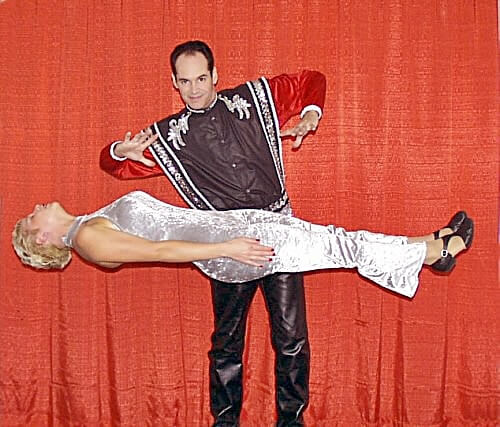
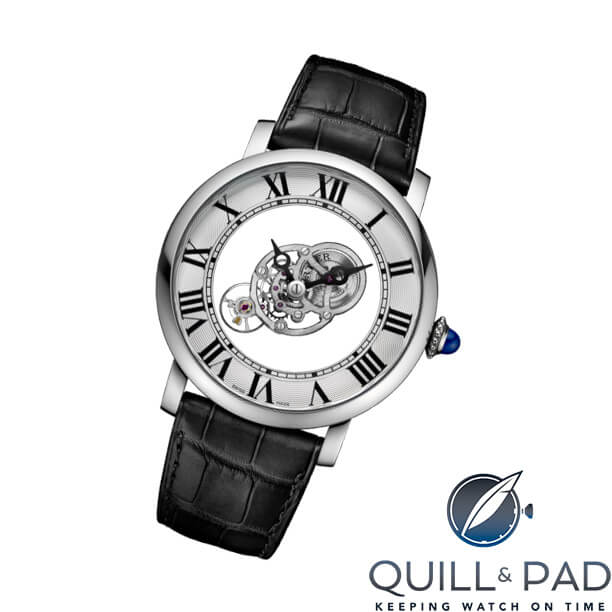
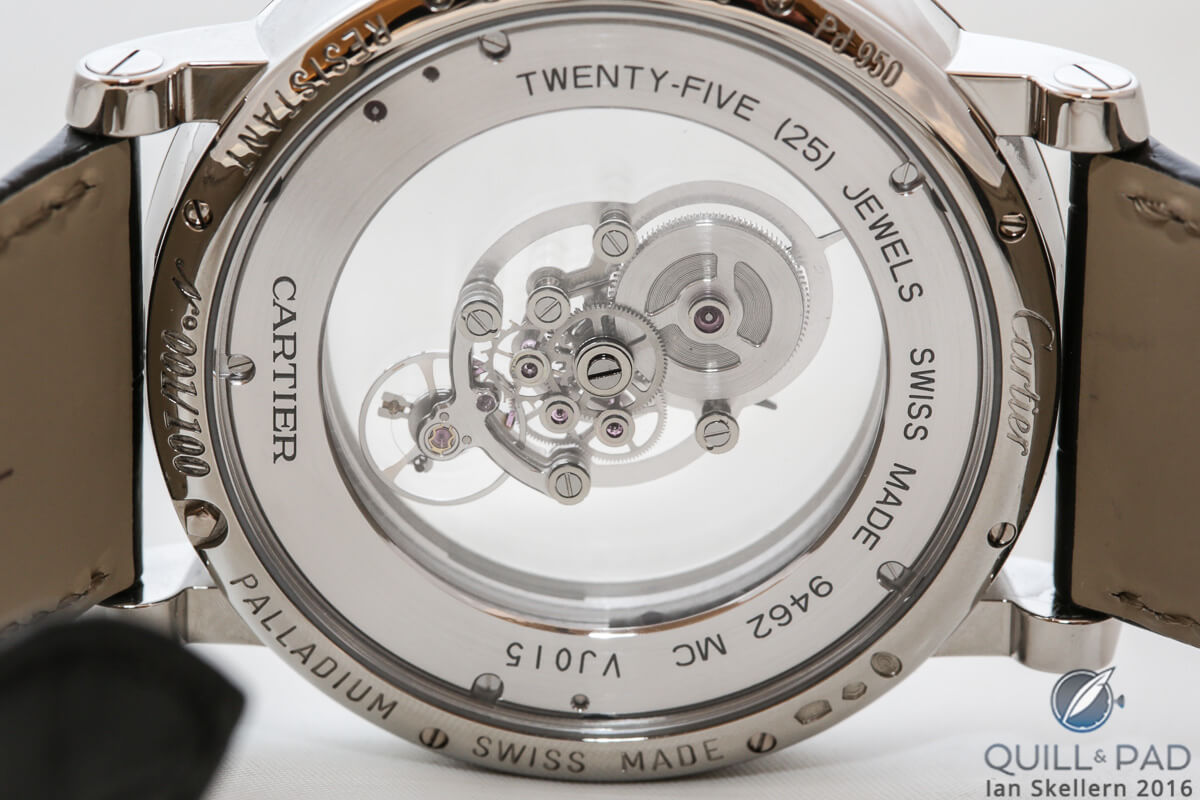
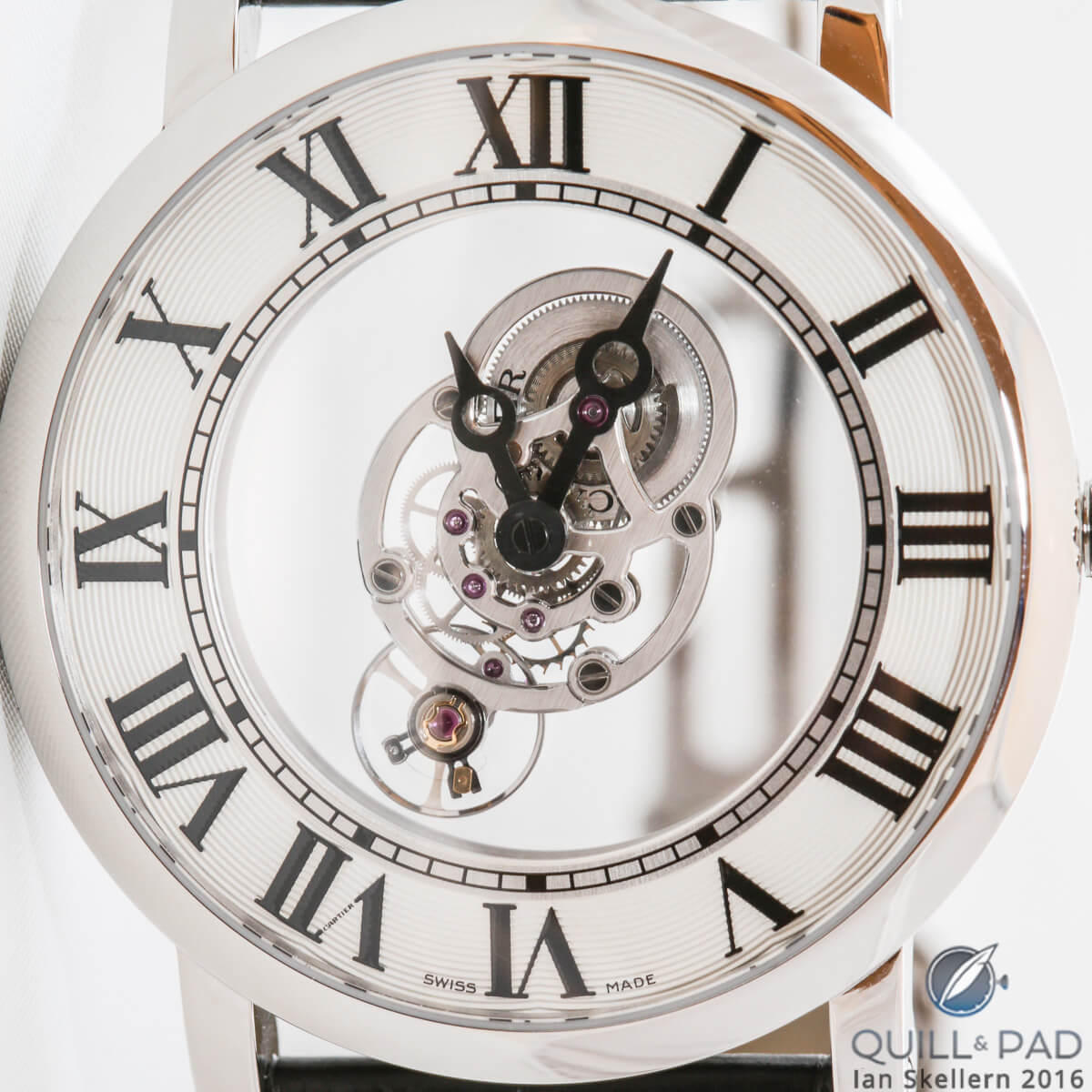

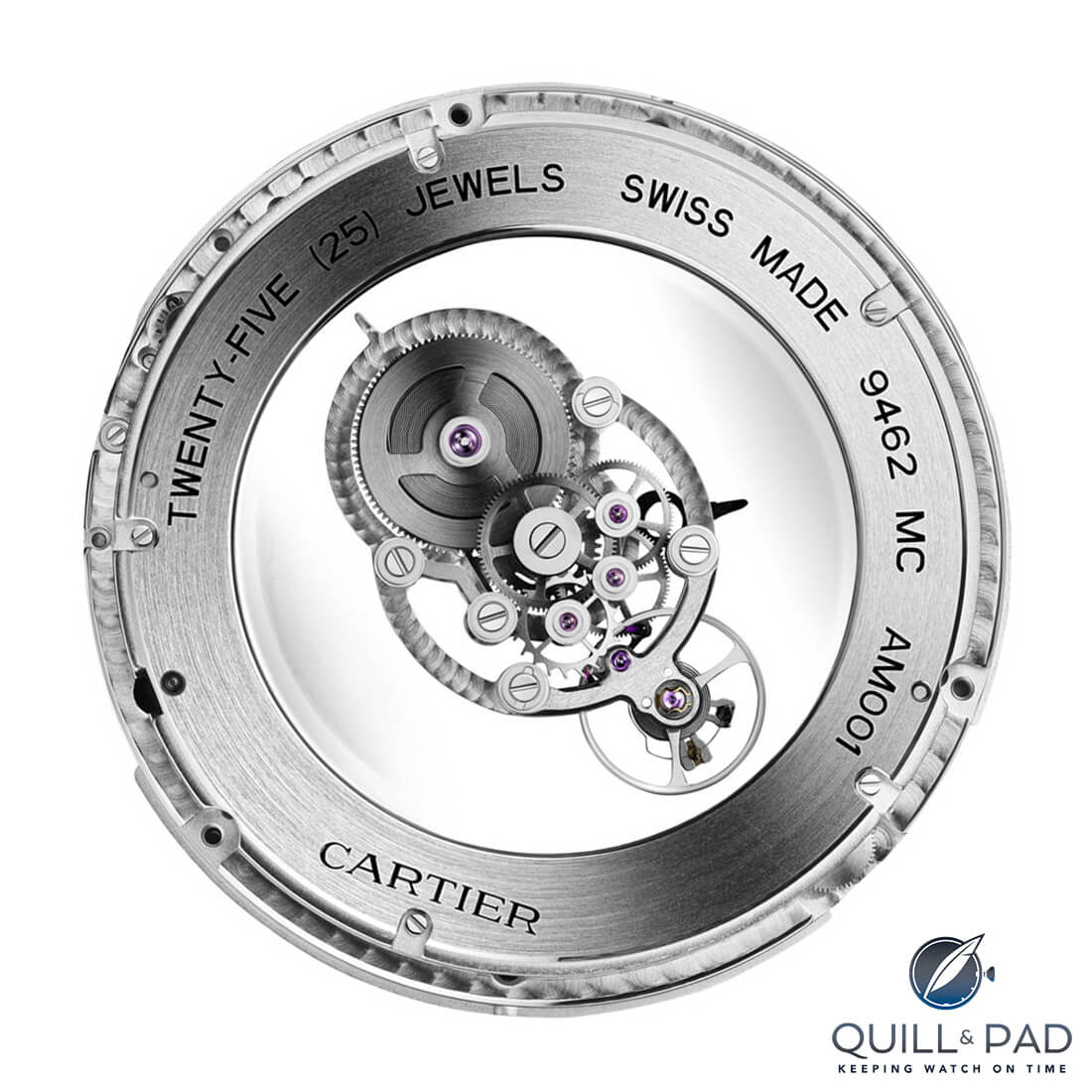
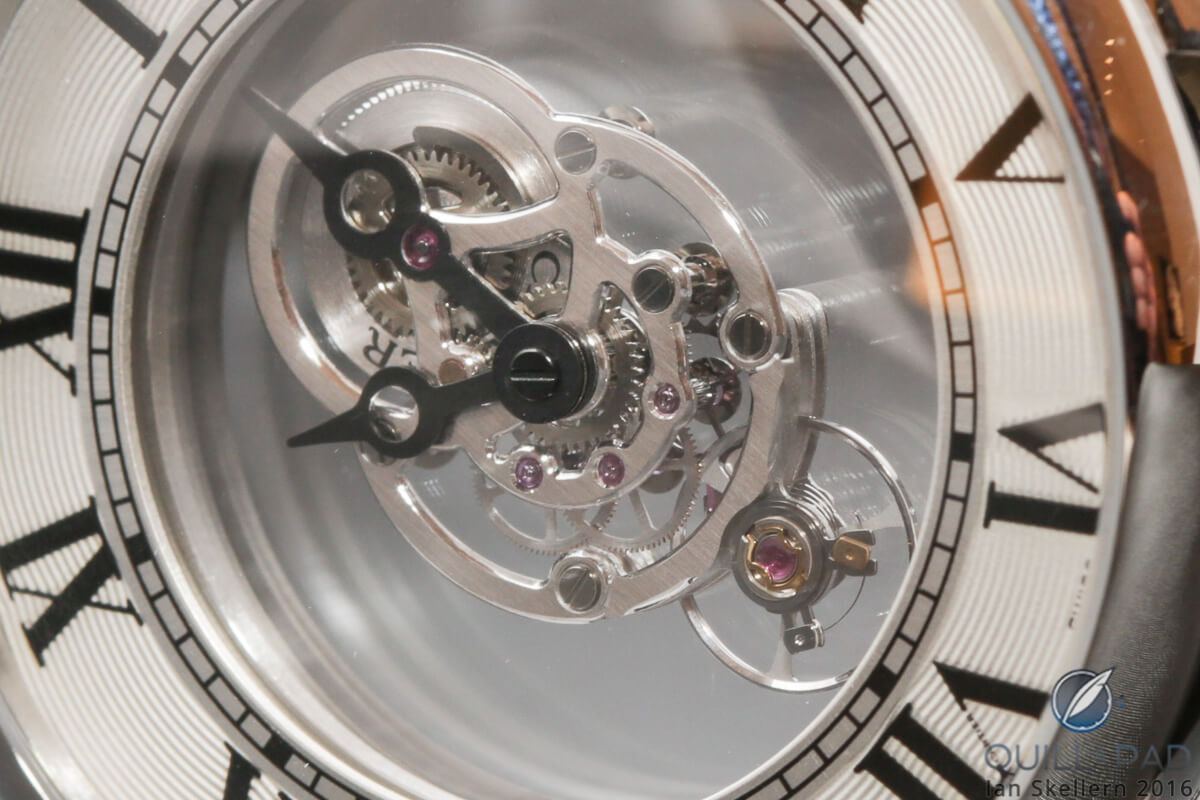
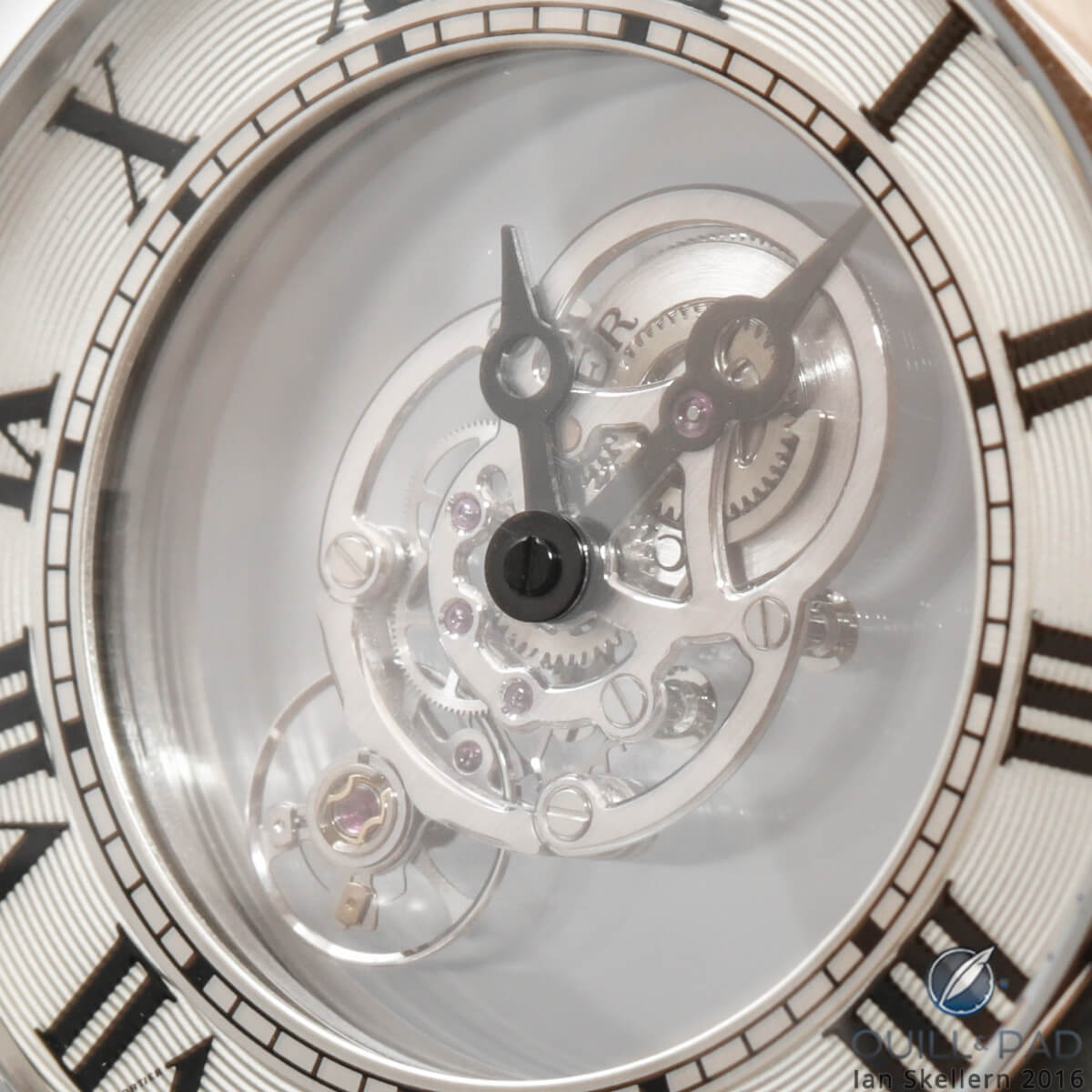

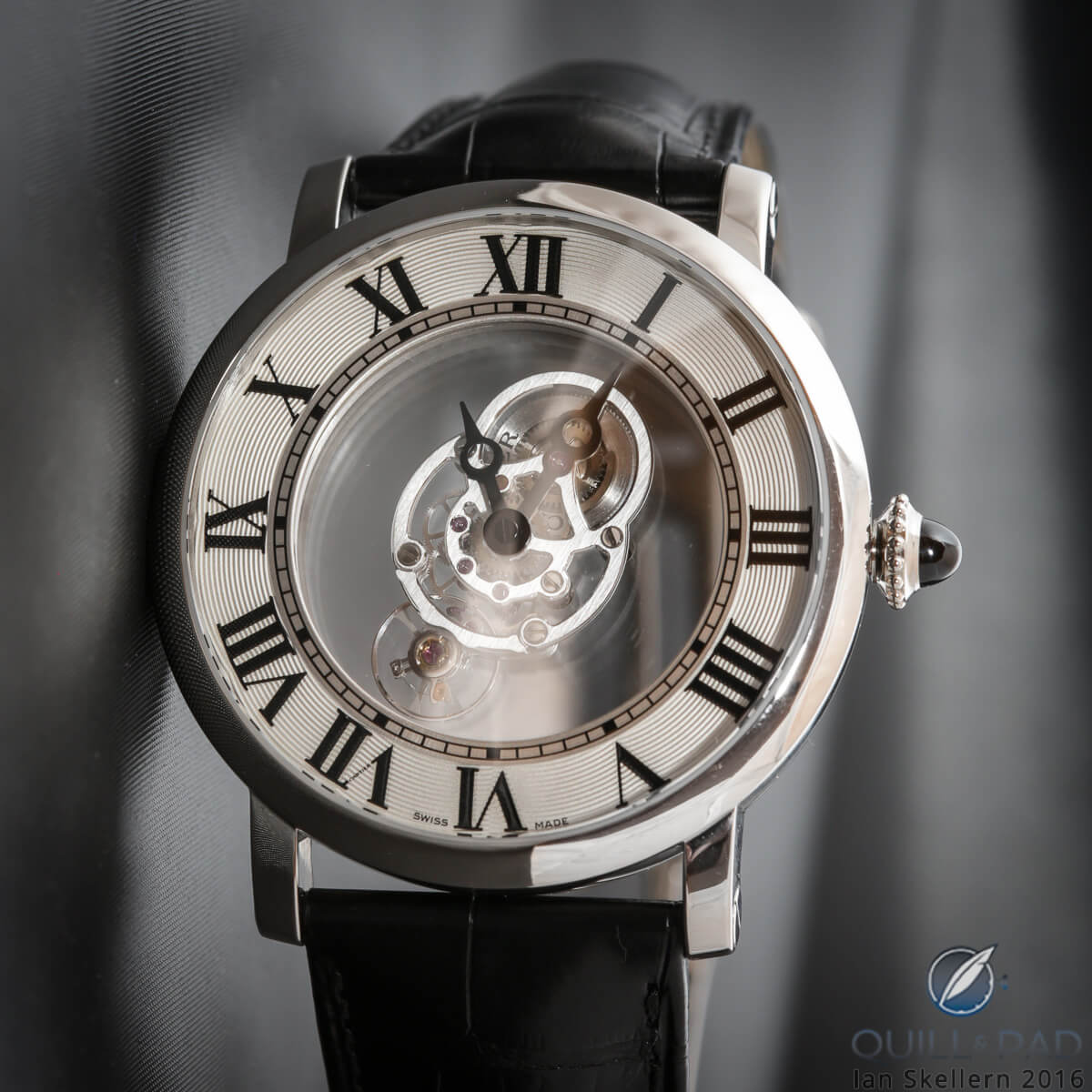
Leave a Reply
Want to join the discussion?Feel free to contribute!